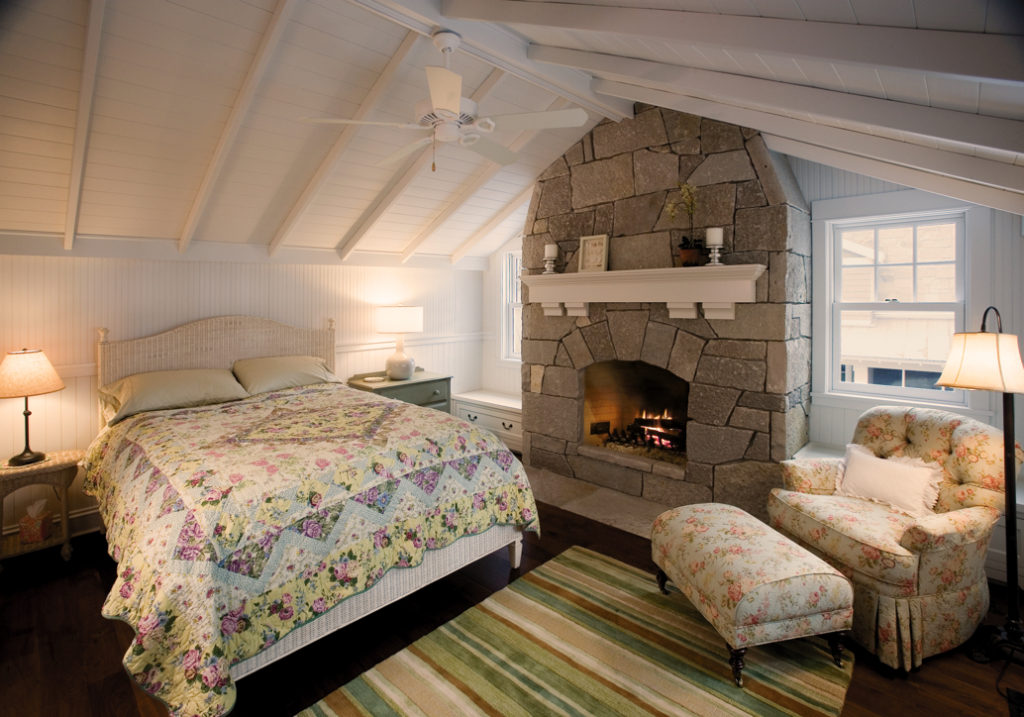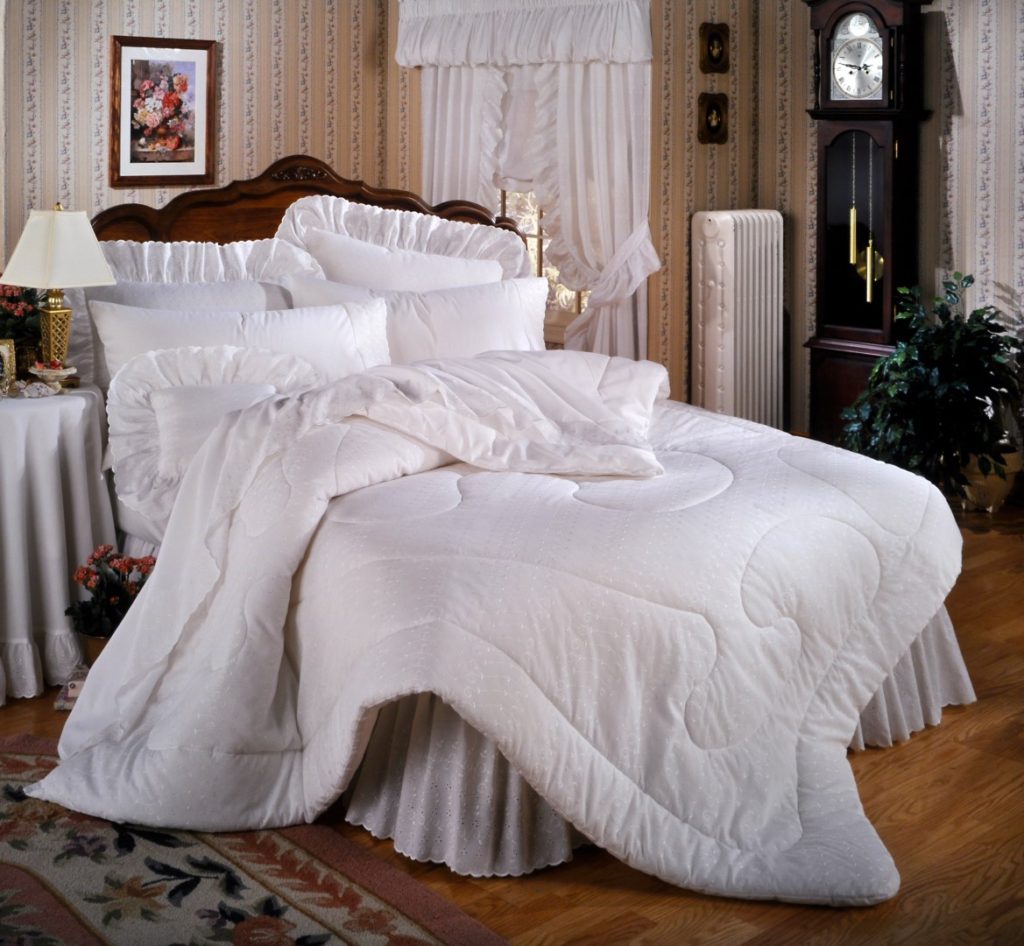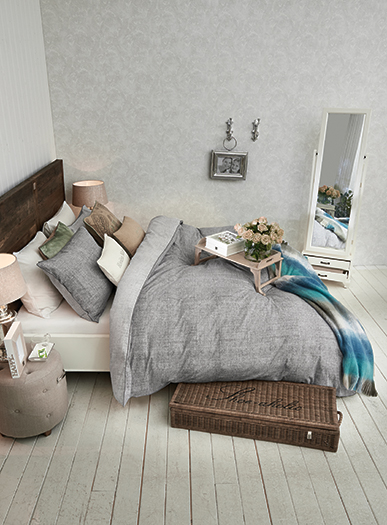You purchased the best mattress for your needs. You selected the most luxurious sheets your money can afford and without a doubt, the finest pillows your head has ever touched. What else could you possibly need to complete your sleep experience? Well, here we go again with more choices to make.
Covering your bed with that final touch should be an easy choice once you decide on the look and the comfort requirements. Let’s break it down.
Quilt
A quilt is typically a blanket that has been handed down through generations. It is a patchwork of sometimes quirky fabric designs all stitched together and then sewn onto a layer of batting and a backing fabric – sometimes the same patchwork making it reversible.
As for comfort level, it would depend on the material used. Cotton would stay cool in summer while a flannel-type of fabric would keep you toasty warm. Depending also on the amount of batting used between the layers, this would also determine the weight and ultimately its capacity to keep you warm. It also lays very flat on the bed.
Usually home-made, quilts are always a conversation piece, but the downside is that they often come in a variety of sizes that do not conform to standard bed formats. Standard or not, we love their folksy, quirky nature. They stand the test of time and are still being made to commemorate a life event. They are lovingly made from gently-used fabrics and clothes with sentimental value. Everyone should own at least one of these, if not for the bed, to snuggle with on a sofa!

Source: Destree Architecture & Design
Comforter
A comforter is a bed-size appropriate blanket that may come in a package including a bed skirt and pillow shams. Unlike a duvet, its filling cannot be removed. Similar to a quilt, it is constructed with two lengths fabric (top and bottom) and filled with batting. Typically, the two lengths are sewn together along the edges and also in a unique design throughout the top.
Comforters can be used as a decorative accent and removed at bedtime. Its weight will determine its ability to keep you warm…or cool. It also lays flat on the bed, but its loftiness will depend on how much filling was used during construction. Comforters are usually fabricated using a tailored construction for those who like things very neat.
Some comforters may require dry cleaning depending on the fabric, while others, depending on size, can simply be placed in a washer and dryer. Larger varieties may require a laundromat-sized washer and dryer to get the job done.

Duvet
A duvet is a 2 piece bedding system. The duvet itself can be filled with either duck or goose feathers and down or a combination of the three, all of which will determine its cost, loftiness and comfort level. A synthetic filling or down alternative models are also available.
The stitching is worth reviewing as some are filled in tunnel-like designs, while others in squares. Squares, for the most part, appear to keep the filling more securely in place than the tunnel design. Over time, the filling in the tunnel design variety tends to drop to the bottom of the duvet, leaving empty spots.
A duvet will always require a cover, which you can match with a bed skirt, cushions and shams. On laundry day, simply remove the duvet from its cover and wash along with your sheets. Duvets can also be placed in a washer and dryer if the capacity will allow, otherwise, a laundromat can accommodate the large ones.
Duvets typically lay high above the bed and, depending on the filling type, are not as square and tailored as a comforter giving a more natural and loose fit.

Source: Brunelli
Chenille Bedspread
You may have seen this bedspread on your grandparent’s bed or your mom might still have one in an old trunk in the attic. A bedspread is exactly what the name implies. As something to cover the sheets on a bed, they were first made by hand on large looms starting in the early 20th century.
The French word for caterpillar, a bedspread is “chenille” due to its unique pattern. Designed to be simply draped over the bed, it is typically made of cotton with intricate designs of raised loops to leave a fuzzy texture, like a caterpillar.
Vintage chenille bedspreads were made when queen and king size beds were unheard of and double and single beds were more the norm. During cooler weather, a flannel type blanket is placed under the bedspread as these are more decorative than functional. Chenille bedspreads are still available, if you’re looking for that vintage look, but with a modern twist and in several sizes.
Source: Sullivan Homes Staging on Houzz
So, you see, the rectangular surface that you lay on every night is way more than just a mattress. It is truly a system composed of several elements that must be selected with care according to your unique needs. The base, box spring, mattress, pillow, mattress pad, sheets, even the room all play a role in getting you the restorative night’s sleep you need to function at your best. When it comes to how you top it all off, however, whether you go with a quilt, comforter, bed spread or duvet, the considerations on this final touch are as much aesthetic in nature as in adding to your comfort.
Enjoy!
Angela, Your Sleep Expert


